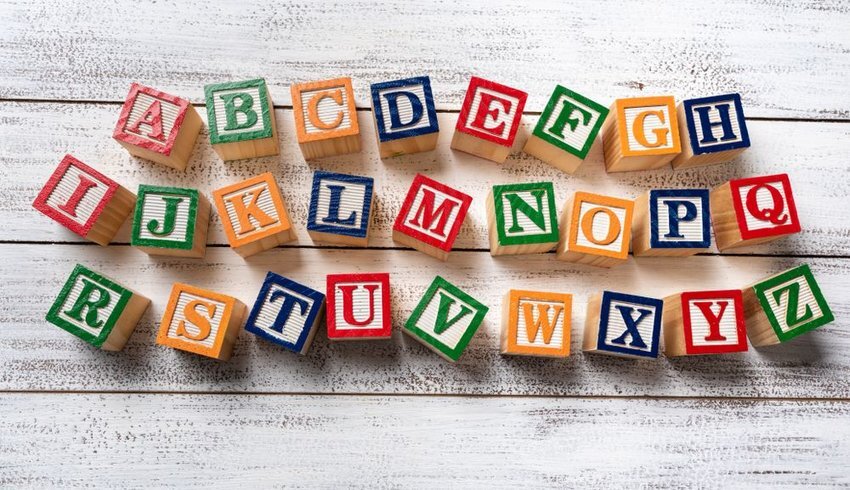You likely learned the song in one of your first lessons in preschool, but the alphabet is much more complex than a string of letters. It took thousands of years and multiple civilizations adding their own adjustments to create the English alphabet in its current form. The alphabet now has 26 characters to represent the phonetic sounds in the language, although that wasn’t always the case.
The Early Years of the Alphabet
The first civilization to characterize sounds with symbols was the Ancient Egyptians. You have likely seen some Egyptian hieroglyphics that use pictures instead of letters. However, this isn’t considered a true alphabet, as the characters pictorially represent a group of sounds, or even whole words.
It was the ancient people of Canaan, from the modern-day Middle East region, who composed the first true alphabet 4,000 years ago. The number of letters in their alphabet grew from 22 to 32 over time, and there were no vowel sounds (resulting in some guess work in pronunciation). However, for the first time, aspiring scholars didn’t have to memorize hundreds of characters, which made learning to read and write far easier.
About 700 years after the Canaans made their alphabet, the Phoenician tribe adapted and improved it. They settled on 22 letters (again, no vowels). This new alphabet became very popular all around the Mediterranean, spreading to modern-day North Africa as well as Southern and Western Europe.
It's All Greek to Me
Around 500 years later, the Greeks got their hands on the alphabet and finally added some vowels. This is really where the seeds of our modern alphabet were planted. Fun fact: the first two letters of the Greek alphabet are alpha (α) and beta (β), which is where we get the word "alphabet."
Following the Greeks, the Romans adopted and tweaked the alphabet, chopping, changing, and moving some letters around to create the Latin alphabet.
The Roman Empire eventually spread to the British Isles, which were then ruled by the Anglo-Saxons. These guys had some unique sounds that were unfamiliar to the Latin-speaking Romans, such as “th” and “w.” Integrating these brought the alphabet to 26 letters, although they were not the final 26 we know today.
Refining Modern English
Over the next 1,000 years, this mishmash was refined into the modern English alphabet. Some old English letters were removed and others added — “l” and “j” were added and "u/v" became “u,” “v,” and “w.”
The first English dictionary, “A Table Alphabeticall” was published by Robert Cawdrey in 1604. Cawdrey’s aim was to have a formal organization of the English language and popularize language and knowledge in general.
Since Cawdrey’s work, we haven’t looked back and have stayed true to our 26-letter alphabet.

